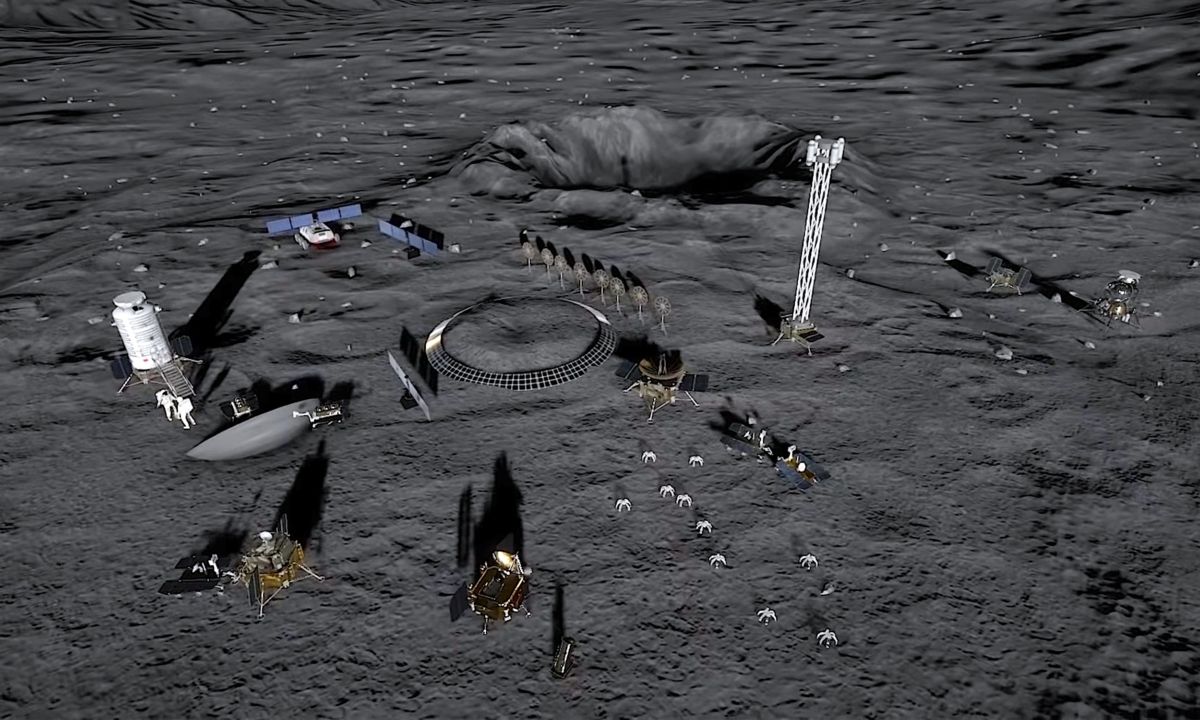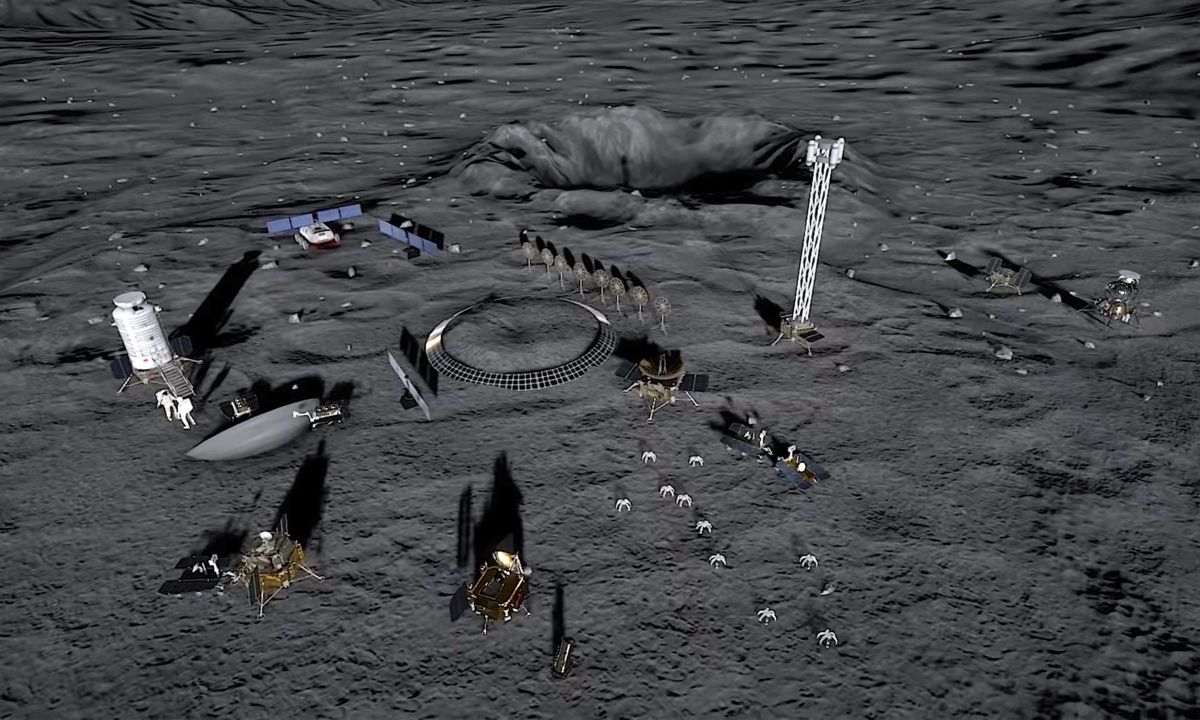
Chinese engineers have conducted a successful hot fire test of a new, powerful engine for the nation’s planned super heavy-lift rocket for moon missions.
The closed-cycle rocket engine uses liquid hydrogen and liquid oxygen for propellant and can generate 25 tons of thrust, making it one of the most powerful such engines ever made, according to the engine’s developer.
The engine was developed (opens in new tab) by an institute specializing in liquid propulsion under the ownership of the China Aerospace Science and Technology Corporation (CASC), China’s state-owned main space contractor.
Related: China’s Long March rocket family: History and photos
The new engine is around three times more powerful than the current most capable liquid hydrogen-oxygen upper stage engine in use in China.
The engine is believed to be designed to power the third stage of China’s planned Long March 9 rocket. The launch vehicle is in development for missions to the moon and even Mars, and will be comparable to NASA’s iconic Saturn V or the larger versions of the American space agency’s huge new deep-space rocket, the Space Launch System.
Related stories:
The Long March 9 is currently expected to have its test flight around 2030 and would be expendable.
CASC has already made progress (opens in new tab) in testing even larger, more powerful new engines for the first and second stages of the Long March 9, meaning the new test is another step forward toward China greatly boosting its space launch capabilities.
However, China is also considering revamping and altering its super heavy-lift rocket plans to pursue reusability. New presentations of reusable Long March 9 rocket concepts by senior Chinese space officials have come in the wake of the progress made by SpaceX on its reusable rockets and the huge new Starship system.
Follow us on Twitter @Spacedotcom (opens in new tab) or on Facebook (opens in new tab).



